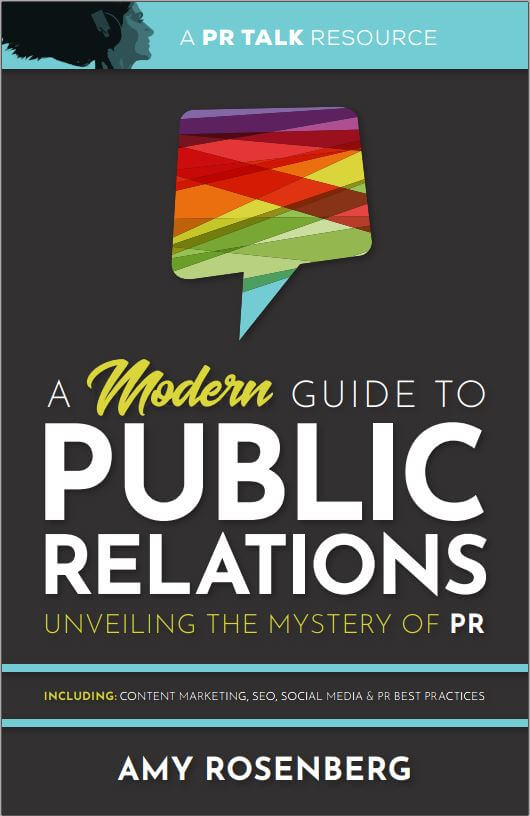Writing, for me, is like assembling a puzzle. But instead of putting together a thousand-piece picture of a basket full of puppies, I’m arranging words and punctuation marks into a series of thoughts people can understand. Believe me when I tell you, this process isn’t always easy. However, despite my occasional struggles, I always start by considering the intended audience I’m writing for because I’ll probably put the puzzle pieces together differently, depending on who’s reading.
Writing for search engine optimization (SEO) purposes presents an additional challenge because you’re assembling a puzzle within a puzzle. Not only are you attempting to create relevant content for your human readers, but you must also write in a way that satisfies the all-powerful Google algorithm that determines if your content is worthy of the search engine results page (SERP).
Fortunately for all you marketing writers out there, Google exists in a world of rules. Keyword usage and positioning, along with formatting techniques, can help your writing speak more clearly to Google, in turn exposing your content to more human readers. So, let’s open the box and look at all our available puzzle pieces.
5 Elements of Keyword Targeted Writing
Whenever we tap a question into a browser’s search bar, we’ve given Google (or maybe Bing if you’re at work) a little peek into our lives. Terms like “top-rated hotels near Disneyland,” “quartz vs. marble countertops,” or “best thru hiking backpacks for beginners” offer signals about a searcher’s needs, interests and intent. With a keyword list in hand, you can begin creating relevant content for these dual audiences. However, it’s always essential to put your human readers front and center.
Don’t Write Like a Robot
Google prioritizes quality content that fully answers a user’s question, which is why you should always consider your human readers first when writing keyword-focused content. After all, people search differently than they speak or write. The phrase “blue sneakers sale” will return relevant Google results, but if a writer tries to match that keyword group exactly, they’ll sound like they don’t understand English. What’s more important is to extract the critical information from a search term, and then build helpful content that provides readers with relevant solutions or answers.
Use Your Targeted Keywords
While the quality of content is paramount, keyword usage still matters. Your word choice tells Google what your page is all about. Once you’ve defined your primary keyword, it should appear in specific locations in your text, including:
- Your headline.
- At least one subheading.
- Within the first 200 words and last 200 words of your text.
- In your meta description and title tags.
If you’re using images on your page, include your primary keywords in the description and alt text.
But Don’t be Annoying About It
Even though your keywords are important, it’s possible to overuse them. You’ve probably read content that repeats a phrase like “best homemade potato salad recipe” at every opportunity. This practice is called “keyword stuffing” and makes your writing sound stilted and unnatural. It also goes against Google’s preference for quality content. So, as you plan your writing, aim to include your keyword in 1-2% of your content. If you’ve passed 5% keyword usage, it’s time to hit Control F and do some editing.
Structure Your Writing
Another critical component of quality online writing is how you structure your content. Using nested H1, H2 and H3 headings helps Google scan and index your content more efficiently. Using headings also breaks up your content into more usable pieces. Readers tend to avoid long paragraphs when reading online, so focus on creating short sections made up of clear and concise sentences.
Link to Related Content
Google also uses internal links as a signal that your content is authoritative. If you’re a regular blogger, use every available opportunity to link your new content with content you’ve already created. It’s also helpful to include relevant external links; however, you should use them much less frequently.
Speak to Your Intended Audiences
Of course, hitting these checkmarks won’t automatically catapult your content to the top of the SERP. Organic SEO is a long play, after all. But, by using this framework correctly, again and again, you’ll prove to Google that you understand its needs. And, because you focused on a keyword to answer a real question or solve a real problem, you’ll have shown your readers that you understand their needs as well.
Continue Working the Puzzle
While these guidelines are undoubtedly important, they shouldn’t stifle your creativity. There are an endless number of ways to put together your content puzzle, and you may have to assemble and reassemble those pieces from time-to-time or flip the table over entirely. But, once you’ve found a solution that meets your audiences’ needs, your work will have a much greater impact.





